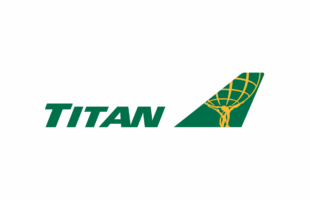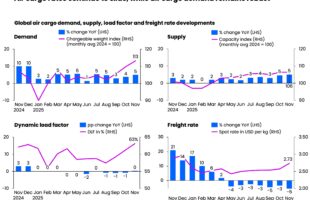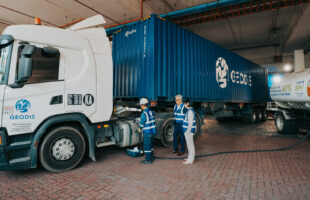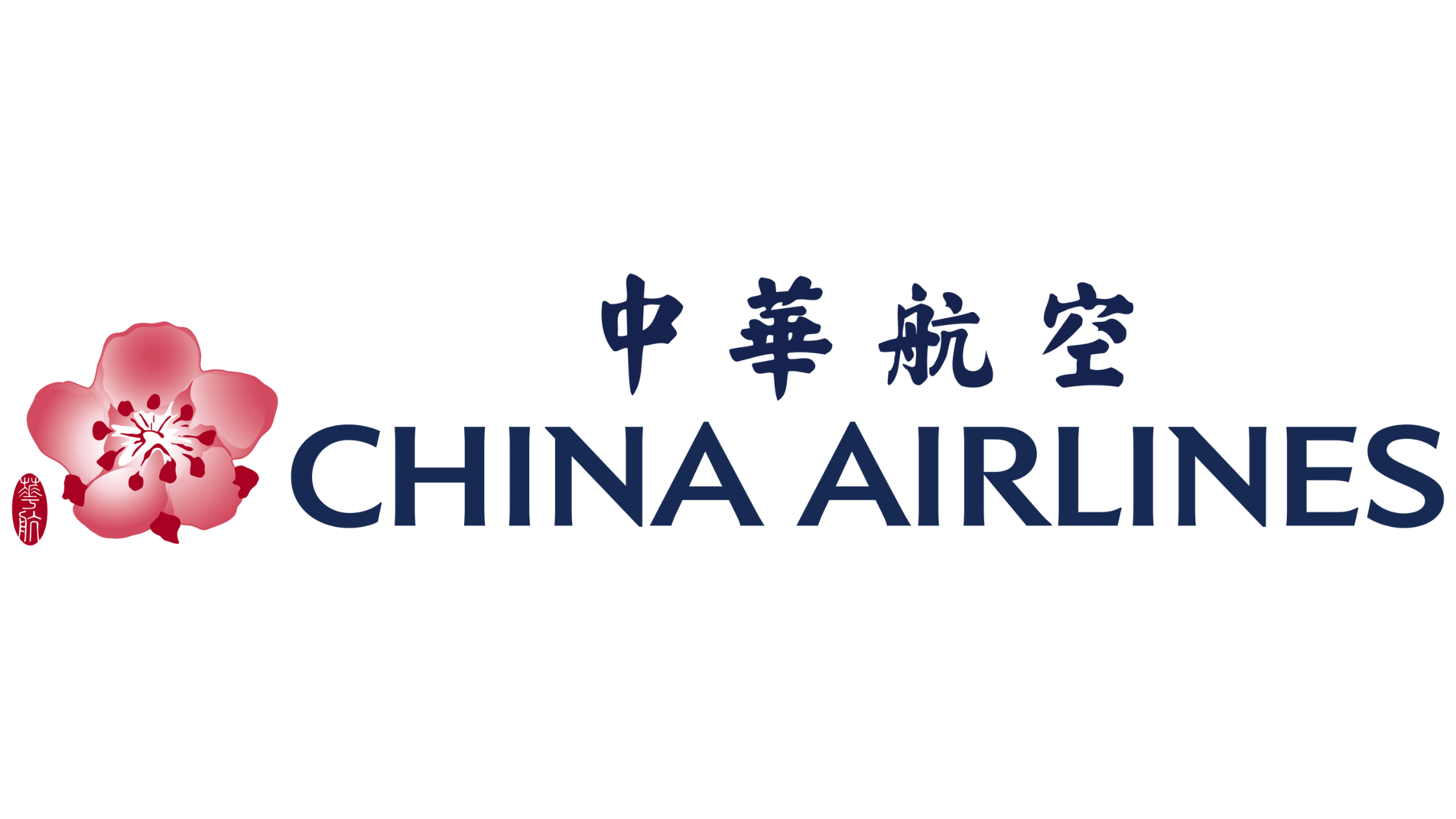
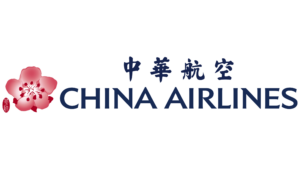
China Airlines, a Taiwan-based carrier, held an institutional investor conference on 11/21 during which Chairman Hsieh Su-Chein and President Kao Shing-Hwang presented the airline’s operational overview and future outlook. The fleet revitalization strategy will see the arrival of the all-new 787 fleet next year, and the airline will continue to introduce the A321neo passenger aircraft and 777F freighter, with a total of eight new aircraft expected. The international passenger market continues to grow, resulting in high load factors, and strong demand is contributing to a positive outlook in the air cargo market as well. In response, China Airlines is adopting a flexible strategy to strengthen its advantages as a transport hub and aggressively target the transit market in a bid to ensure a strong performance in both passenger and cargo next year.
According to Chairman Hsieh Su-Chien, maintaining a balanced passenger and cargo strategy with rolling adjustments to flight schedules for effective integration of passenger and cargo transportation resources led to an impressive performance. China Airlines reported consolidated revenues of TWD 150.93 billion for the first three quarters of the year. The consolidated operating profit of TWD 13.35 billion, consolidated net profit after tax of TWD 11.34 billion and annual growth of 53.2% were the highest ever reported for the period. TWD 10.37 billion in net profit before tax was attributed to the parent company and earnings per share (EPS) was TWD 1.71, hence both grew by nearly 50% compared to the same period last year as well. Operating revenue from passenger and cargo in the first three quarters all outperformed the same period last year. Annual growth was in the two digits with Northeast Asia and Southeast Asia reporting the most significant growth. President Kao Shing-Hwang added that with its robust business performance and profitability China Airlines became the first airline in Taiwan to receive a “ twA- ” rating from Taiwan Ratings. Looking ahead, the company remained committed to maintaining steady growth and momentum.
China Airlines is actively expanding its network to meet strong demand for passenger and cargo. Passenger capacity in the first three quarters grew by more than 12% compared to the same period last year. On medium and long-haul routes, passenger volumes have already surpassed pre-pandemic levels. Passenger revenue grew by 9.6% with regional and long-haul routes all reporting greater growth than last year. The non-stop service to Seattle inaugurated in July this year is the airline’s sixth destination in North America and average passenger load factors now exceed 80%. Ongoing efforts are being made to enhance sixth freedom of the air products by leveraging a regional network of more than 500 flights a week servicing the demand from European and American travelers transiting through Taiwan on their way to and back from Asia. China Airlines has also upgraded membership services. Since the monthly ” Members Day ” was launched, its promotional offers have attracted more than 600,000 new members. A new generation of customers are now being cultivated through the upgrading of the membership system, promotion of cross-industry collaborations, and enhancing the customer/user experience through digital technology. The Christmas/New Year holiday travel season in the Europe/America and Oceania as well as next year’s winter break and Lunar New Year holidays will all generate strong market demand and see China Airlines reach new heights in business performance.
In terms of cargo, vibrant growth in electronics and e-commerce cargo in the first half of 2024 led to growth in cargo revenue from the first three quarters compared to the same period last year and in 2019. Long-haul European and US routes accounted for 70%, highlighting the importance of Taiwan as an Asia-Pacific transshipment hub. The destocking of international inventories continued to gather pace this year. AI and other issues continued to drive up demand for semiconductors and trans-national e-commerce. Q4 has traditionally been the peak season as well so robust growth can be expected in the cargo market. China Airlines continue to make adjustments to the overall network with an emphasis on yield management. These include actively competing for project and medium and long-term custom charter packages, expanding high-value sources for semiconductor machinery, cold-chain, engines, and aerospace materials, as well as greater cooperation on integrated logistics and shared flights. China Airlines will keep close tabs on industry developments to maximize cargo growth.
To meet capacity demand and revitalize the fleet, China Airlines is progressively introducing twenty-five A321neo passenger aircraft, with nineteen expected in service next year, and full delivery by 2026. The all-new 787 fleet, a total of 24 aircraft, comprising eighteen 787-9 and six 787-10 passenger aircraft, will serve as the mainstay of the regional and medium/long-haul routes and will start joining the fleet from next year. A new cabin retrofit program will be launched for the fifteen A350 passenger aircraft in 2027 to enhance the onboard equipment and service quality. In response to the supply chain challenges affecting new aircraft delivery, China Airlines is extending leases on existing A330 and 738 aircraft to make up for the shortfall in capacity, to stabilize the network resilience and to strengthen market presence. As for freighters, a total of 10 fuel-efficient 777F freighters will be fully deployed in operation next year. Retirement of the 747F freighter will be accelerated, leaving eight in service, together integrated with belly cargo capacity of passenger aircraft to boost the profitability of cargo operations.
China Airlines is expanding its recruitment of airline talent and investing in human resources to maintain its exceptional service. As part of its pursuit of overall business performance and sustainability governance, China Airlines is actively promoting a variety of ESG initiatives including signing the first memorandum of understanding between a Taiwanese airline and enterprise client on Sustainable Aviation Fuel (SAF). China Airlines was also the first transportation company to formally pass the SBTi review and is forging full-speed ahead on the global goal of net zero carbon emissions by 2050.




